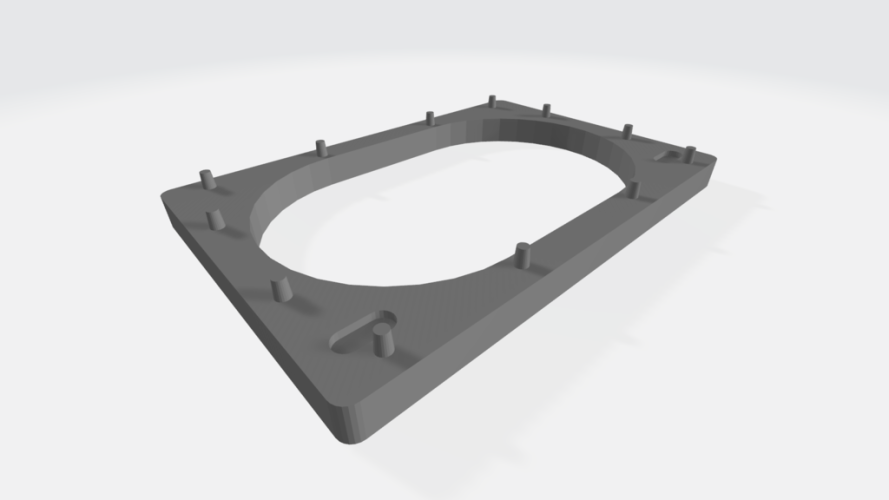I finally built the bias board
@aokman designed. Only one small change: I added an inline switch off a jumper that's downstream of the fuse as I wanted to ensure the switch was included in the fused circuit.
I really like the board design. Measuring less than 100mV ripple at 580VDC. Running it off a 9V power adapter, and the regulator works great. I didn't test it's very large input range as the LED circuit is designed for 12VDC, so I can't exceed that.
If anyone builds this, just be sure to buy a bunch of 5.1V zener diodes, and measure the reverse bias voltage. As aokman says in his video, you are looking for one that is very close to or around 5V. If you install one with too low of a Vr (as measured in the pic below), it will switch the thyristor on, which will pull down the input voltage going into the DC-DC converter as it's trying to "protect" the circuit from the over voltage (set by Vr of the zener). My voltage at test point 2 was around 4.78V for 580V out. All 10 of my zener diodes measured 4.3-4.4V, so they weren't going to work. Luckily I found one in an old kit with a higher Vr, around 5.1V.











































